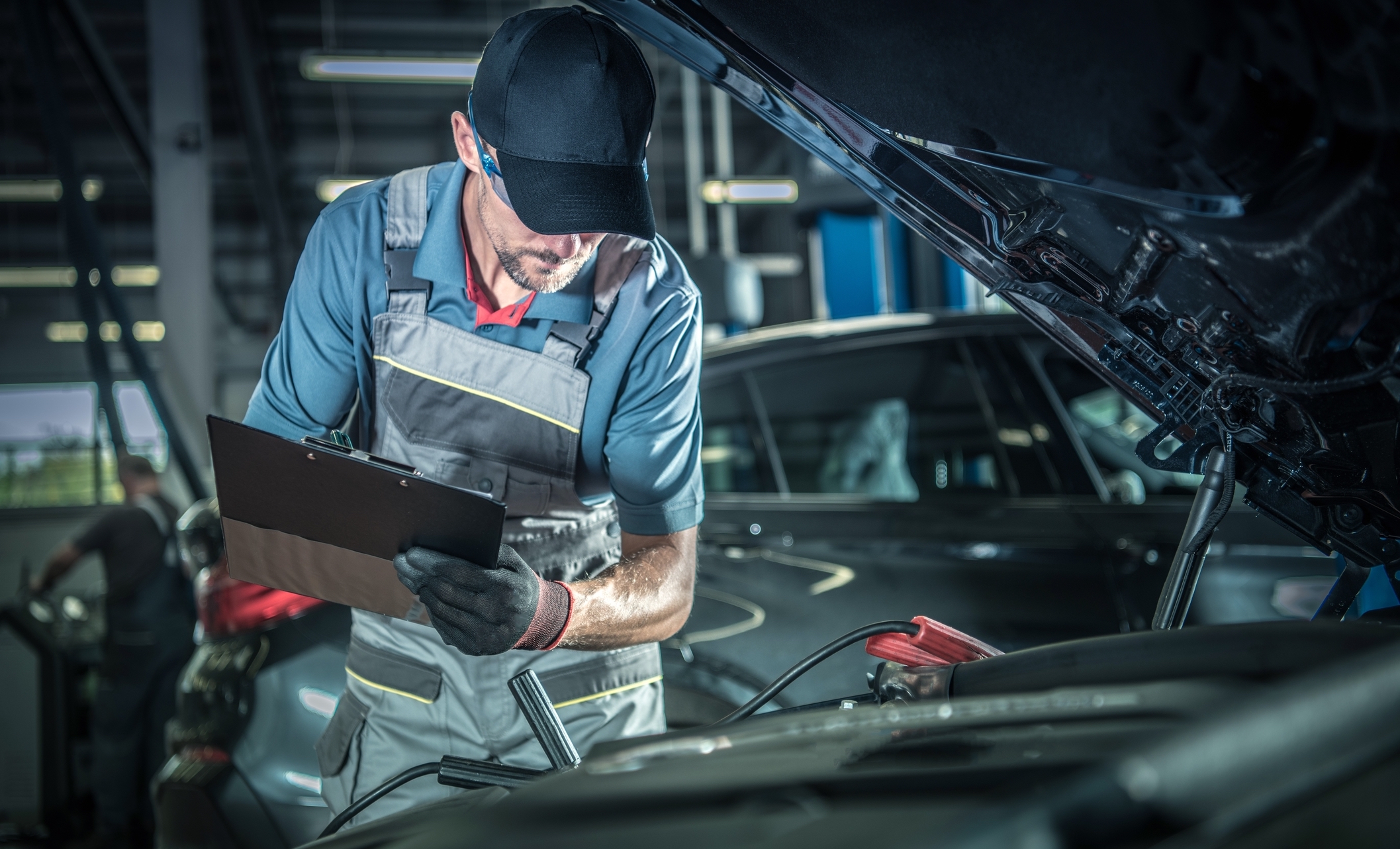How To Alter Your Oil - Action By Step
How To Alter Your Oil - Action By Step
Blog Article

If you are an automobile owner it is reasonable to assume that you wish to keep your automobile in great condition. Following these basic pointers will assist you to keep your automobile running like brand-new.
Transmission fluid, brake fluid, power steering fluid, radiator coolant, and windshield washer fluid need to be checked a minimum of every 3 months. Why is it crucial? The lubricant keeps your cars running. It will lower heat, fiction, and use. For that reason, it is very important to fill fluids. Don't forget to alter your engine oils. If you drive 6 thousand miles or less per year, you must alter engine oil at the beginning of spring and end of fall.
Spread your tools out and pick a wheelbrace, relocating to among the front wheels. The wheelbrace is a metal bar with a socket on the end for eliminating wheelnuts. It will normally come with your automobiles toolkit, however if you don't have one, a socket set purchase will be required!
Keeping your engine running in peak efficiency does not indicate that you need to install high-end performance parts. Attempting to keep your engine running with no missing out on or trembling when you offer it gas can be more of a challenge. Lots of people understand about the basic cars and truck maintenance but do not put in the time to make certain their vehicle is taken care of before they drive it. Lots of issues can occur simply by not taking a look at some standard things on every car maintainence before you drive it. Before you get behind the wheel and begin driving your vehicle, here are some basic things that you can do to increase the performance of your car and ensure it is going to be around for some time to come.
Blowouts and blowouts are a frequent reason for accidents. Sudden loss of tire pressure might result in swerving uncontrollably into oncoming traffic, barriers or other drivers. Before taking long trips or driving in ice and snow, take the time to check tire treads and pressure. The owner's handbook or a label inside the motorist's side door will list suggested pounds or kgs. Examine each tire for bald areas, leaks or missing stem caps.
Open the hood once in awhile when the engine is cool. End up being acquainted with the basic parts and what they do. Look for cracked or bulging hose pipes and change them before they burst. Inspect all fluid levels and include them as needed. Check the battery for corrosion. Using gloves and security glasses, utilize a wire brush to eliminate any particles. This will extend the life of the battery and avoid dead cells. Look for loose wires, brackets and bolts. If anything looks damaged or out of line, seek advice from a service center or dealership. Pooling or dripping liquids signal a leakage.
Each time I go get my oil changed, the mechanics put a sticker label on the windshield indicating either a three-month or a 3,000-mile mark or both. When I first started driving, I got paranoid thinking that my engine was going to burn up tyre maintenance if I didn't alter my oil by the indicated time or mileage. When I struck 4,000 miles and the engine was still undamaged, I started to question.
In addition to the basic checks described above, don't delay going to an expert mechanic if you pick up difficulty. Even more, routine examinations too would make sure that an approaching larger trouble is forestalled before it blows out of proportion.
Report this page